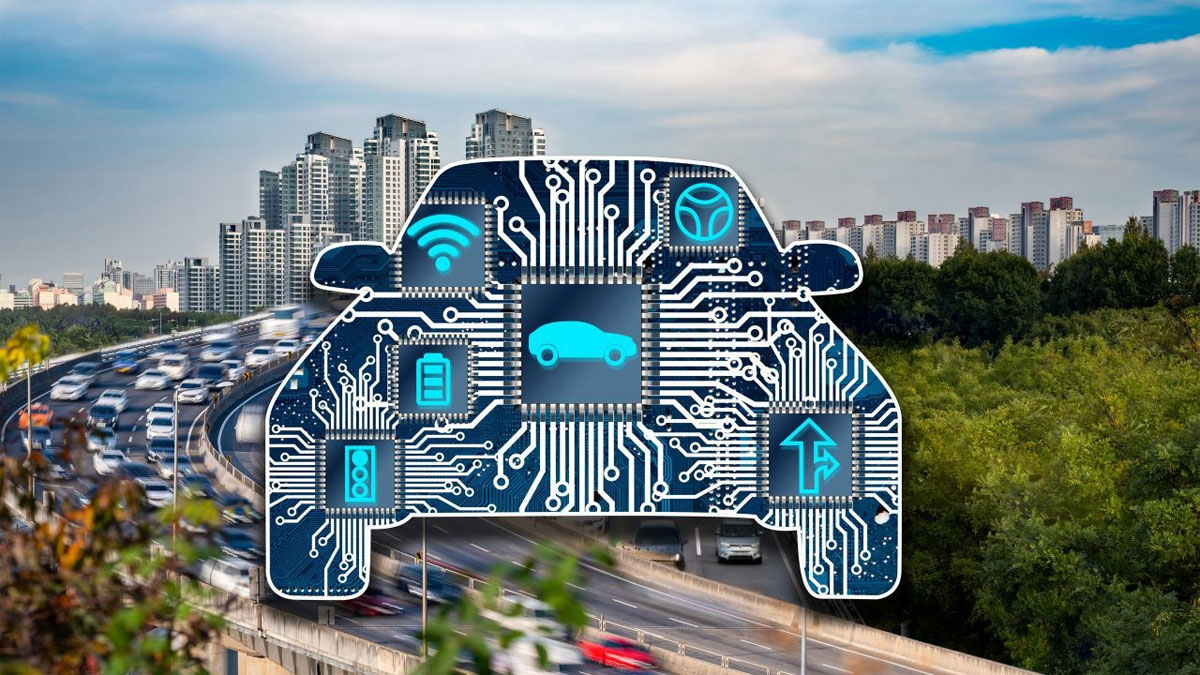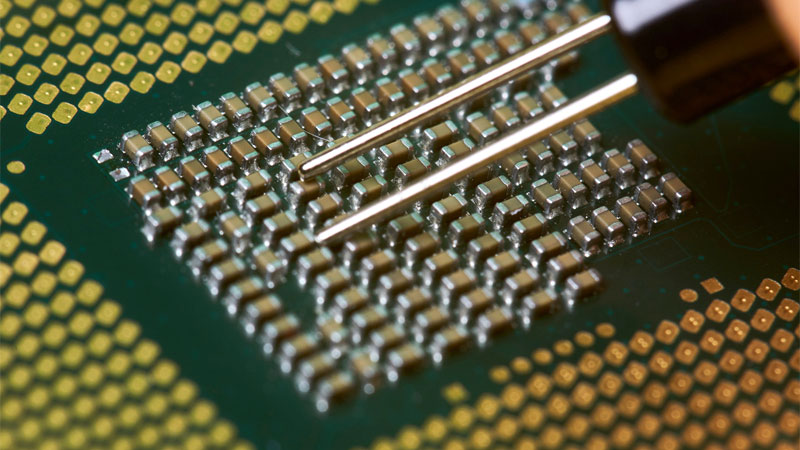The global chip shortage crisis explained.
The pain of the world’s shortage of semiconductor chips has been shared widely but unevenly across industries, and in perhaps no sector has the impact been more devastating than in automotive.
Since the shortage took root, a pecking order has taken shape in terms of which industries are receiving the chips that they need. The automotive industry has found itself languishing somewhere in the middle of that line.
Behind, for example, those companies which manufacture the high-margin graphics and central processing units (GPUs and CPUs) that drive cutting-edge artificial intelligence (AI) and machine learning (ML) technologies, but ahead of companies producing low-margin devices and sensors for the Internet of Things (IoT).
That position has not been nearly good enough for the automotive industry, whose troubles associated with the chip shortage have been widely publicized.
How did the global shortage of semiconductor chips come to exist? What is the outlook for the industry, and what is the proper approach for automobile buyers today?
How Did We Get Here, and Where Are We Headed?
A semiconductor chip is a tiny sliver (usually) of silicon on which integrated circuits (ICs) are fabricated for processing or storing data. The chips are found today in pretty much any product with electronics—automobiles being among the myriad of examples.
A shortage of the chips set in globally in 2020, not long after the start of the COVID-19 pandemic, fueled by a range of interrelated factors—from technological, to economic, to social. For example, the rise of AI, ML and cryptocurrency drove significant new demand for chips.
At the same time, as more people spent more time at their homes during the pandemic, they sought both more advanced computers to complete complex work tasks and higher-end machines as gaming and other virtual communities became a more important source of socialization.
The Russia-Ukraine War
There are varying views on how long the shortage will persist, and Russia’s invasion of Ukraine and the global response to it have introduced new uncertainties. Questions have arisen around supplies of neon, palladium and nickel from the two countries, for example, as any missing element in chip production causes ripples throughout the entire ecosystem.
For however long the chip shortage does linger, there will be disparities in terms of how the scant supply is distributed among the slew of industries in need.
There are different tiers of the semiconductor food chain, and the industries which offer the greatest benefit to humanity are not necessarily receiving the highest priority among the chip producers serving them because of the lower profitability that they offer. As a result, humanity is struggling to access some of the most important products on which we rely.
Why Are Automobiles So Heavily Impacted?
The unfolding transition from all-mechanical systems in the world’s vehicles, to hybrid mechanical/electronic, to all electronic has been one of global engineering’s remarkable success stories of the most recent decades. But the semiconductor-chip scarcity has introduced an unwelcome and severe turn to the chapter.
Vehicles today rely on so many electronics. Modern driving aids such as advanced driver assistance systems (ADAS), autonomous driving systems (ADS), and digital cockpits are increasingly standard from low- to high-end models.
All of these systems of which are fed by cameras, radar, and various other sensors. Then there are a variety of other electronic systems being connected across today’s vehicles—infotainment and creature-comfort functionality such as heated steering wheels.
Consequently, the automotive industry’s demand for semiconductor chips today is huge and growing.
Chip Reliability
Furthermore, the reliability and performance requirements of those electronics are stringent—if the components fail, the ramifications can be catastrophic.
Take adaptive cruise control as an example. If a driver is relying on the feature to recognize a vehicle ahead and to automatically reduce the speed setpoint to maintain a safe traveling distance, the situation could be life-threatening in the event of a chip failure.
Consumers must be able to trust the pedigree of the chips in the automobiles that they are buying. This is no application for counterfeited chips or, say, chips that have been harvested from out-of-use vehicles.
Even electronics that have been warehoused without proper environmental controls and historical accounting of their use and storage may not be safe to use in the highly reliable and controlled automotive application.
Temperature Extremes
Electronics are prone to reliability issues that surface over time—chips that look and function OK right now can end up with all kinds of issues down the road. Erosion can precipitate eventual problems with a chip. Exposure to extreme temperatures, humidity, and various contaminants can gradually degrade chips and ultimately put the end consumer at tremendous risk.
Automotive electronics must be ready to perform in extremely harsh environments. The vibration of driving over a railroad track or a potholed road can be significant enough to damage semiconductor chips that otherwise might function perfectly in a different computing environment.
Some chips for automobiles are installed in the transmission, which becomes extremely hot and uses a fluid that can destroy the electronics if the packaging is not sufficiently robust. Some electronics such as oxygen sensors are installed in exhaust pipes and go through a tremendous amount of thermocycling because of that extremely hot environment. Also, they pick up the road contaminants.
Such factors make the automotive industry’s requirements for semiconductor chips challenging even during normal market conditions.
Chip Shortage: What Now for Consumers?
Of course, today’s global market conditions are far from normal. Where does that leave automobile consumers?
A February 2022 Kelley Blue Book article, for example, warned to sit tight: “Fixing your old car should be your first option.” There are some consumers who can’t wait, however. They face a delicate balancing act of being both aggressive to secure the vehicles they desire and at the same time cautious.
The dire market climate increases the likelihood, for example, that automobiles with chips that at least eventually will not perform properly or as intended could circulate into availability.
Specific to the chip shortage, it might be best to favor older models from more trustworthy sources when shopping pre-owned offerings, in order to have greater assurance that the electronics within a vehicle are pristine.
When buying new vehicles, consumers must ensure that they are getting all of the features that they assume they are getting, as some manufacturers are eliminating some non-critical functionality in order to reduce chip reliance.
Unfortunately, until the chip shortage subsides, no buyers more than automobile buyers will need to more closely heed that old Latin principle of commerce, caveat emptor: “Let the buyer beware.”
See Also – Build-Shy and What That Means for GM
Photos by Shutterstock acquired under subscription.


